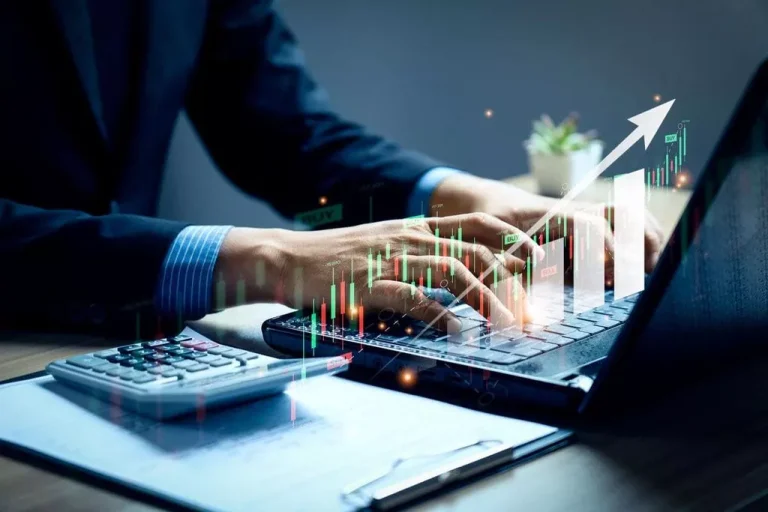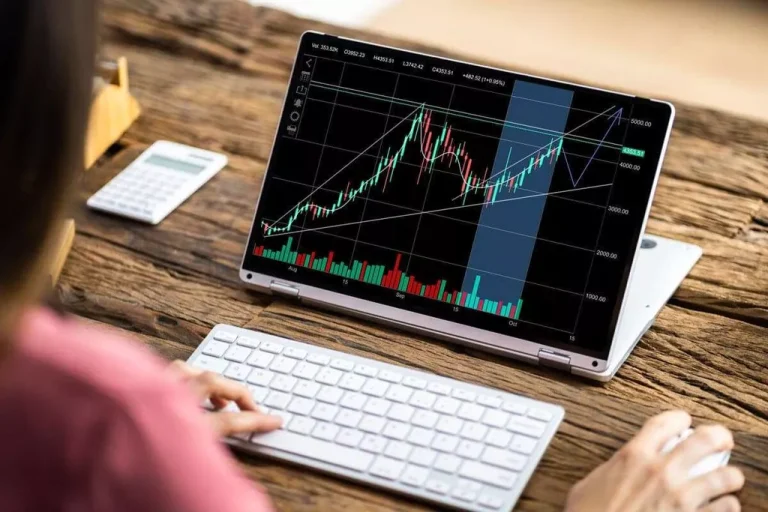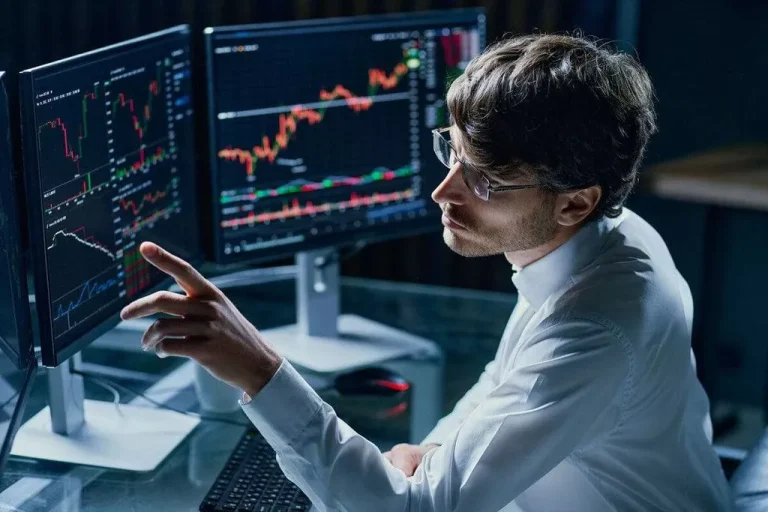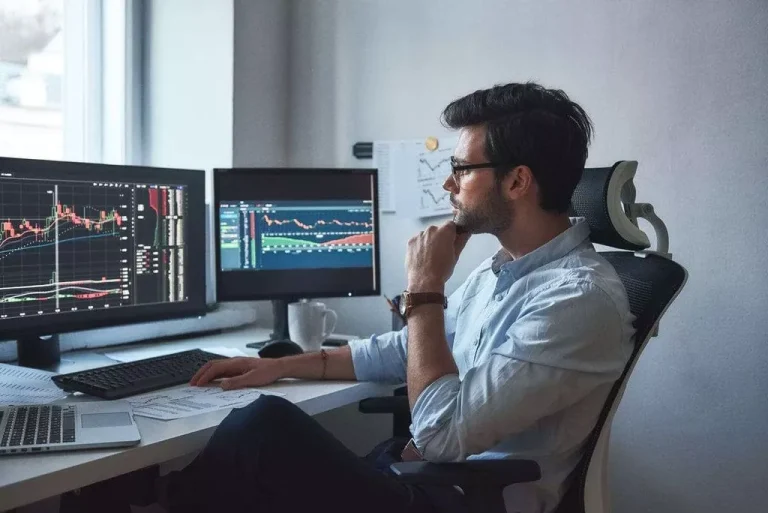If we hold the store analogy going, then absolutely you’re placing your stock on the shelves for someone to come and buy it. As A Substitute of taking tins of beans from the store, though, they’re consuming into the liquidity you present. Maker (Post Only) Order like the one described requires that you simply announce your intentions ahead of time by including them to the order book. The exchange is type of a grocery retailer that charges a payment to people to put items on the shelves, and you’re the person adding your own stock.
Their goal is to make a profit by supplying the market with patrons and sellers at all value points. They have a huge provide of assets on hand and are constantly able to buy or sell, which keeps the economic system active. For instance, they might quote a stock’s buy value of $50 and sell value of $51. If a trader buys at $51 and another sells at $50, the market maker earns the $1 unfold. Additionally, some exchanges provide rebates or incentives to market makers for liquidity provision. A market maker, also referred to as the liquidity provider, is a trader that units the restrict order.
This creates liquidity, that means it’s simpler for others to immediately buy or promote BTC when the situation is met. MTs usually pay transaction fees, known as taker charges, when consuming liquidity. They constantly quote each buy (bid) and sell (ask) prices for a financial instrument, making certain there’s all the time a counterparty for any trade. MMs are the backbone of economic markets, as their presence prevents the market from stagnating and ensures price stability. Being the lead market maker on a product introduces extra threat for the market maker. They want to adhere to trade rules and are required to always provide liquidity and pricing.
Consequently, illiquid markets regularly experience significantly wider bid-ask spreads. Those who “take the market” are the on a daily basis merchants who pay the going rate for an asset with the expectation that it is going to improve in worth, either instantly or over time. It’s attainable that their trading approaches may differ, as will the methods they make use of to check the markets and execute trades. Many exchanges generate a considerable portion of their revenue by charging buying and selling fees for matching users. This implies that any time you create an order and it is executed, you pay a small amount in fees. But that amount differs from one change to a different, and it may additionally vary relying https://www.xcritical.com/ in your buying and selling size and role.

Quick squeezes can introduce a lot of volatility into stocks and ship share costs sharply larger. These squeezes provide opportunities for trading, however they usually require different strategies and more warning than conventional breakouts. The tightening of spreads and migration to ECNs and ATS have thinned out the number of market-making corporations.
The Connection Between Liquidity And Trading Fees
- Market makers may be present in both the personal and non-private sectors, they usually have the accountability for sustaining sufficient liquidity in the marketplace.
- It’s essential to note that market makers primarily function providers of liquidity.
- Market makers add market depth and liquidity by placing orders that stay on the order guide.
- As talked about, the merchants that flock to an trade act as both makers or takers.
Additionally, proudly owning a Hedgie NFT routinely qualifies for a higher discount charge tier. The buyer will purchase as many apples as they’ll from the lowest worth vendor first and then buy the remaining apples from the next greatest vendor price. This will drive the market value of apples up and scale back the variety of apples out there in the market. This time, the client approaches the seller with the bottom value and instantly buys the apples.

Market takers are those that acquire a trade order to have the ability to complete it. They are typically referred to as “liquidity takers” due to their follow of eradicating funds from the order e-book. To put it simply, they devour whatever is on sale and purchase the asset, adding it to their investment portfolio. Maker orders are visible within the order e-book, and takers can trade towards these resting orders, to scale back liquidity from the market and move the worth.
Instead of buying and selling in opposition to counterparties, buyers are trading against liquidity pools. Market makers usually use limit orders to submit prices on each the bid and ask sides. These orders aren’t executed instantly; instead, they wait in the order e-book till one other trader (a market taker) matches them. This approach permits MMs to handle their positions strategically and earn the unfold between their purchase and promote prices. By accepting existing orders, they scale back the quantity obtainable in the order guide.
What’s A Market Taker (mt)?

LPs are rewarded with a certain proportion of the charges paid on transactions executed in the pool. They also obtain governance tokens of the protocol in addition to the users. Market makers usually incur lower charges or might even obtain rebates from exchanges for offering liquidity. These incentives are designed to encourage their participation and ensure market stability. Market makers are more exposed to risk as a end result of they constantly hold inventory and quote prices.

When you hear somebody say an asset is liquid or an asset is illiquid, they’re speaking about how easily you possibly can sell it. On any sort of change (whether Forex, shares, or cryptocurrency), sellers are matched with buyers. With Out these meeting points, you’d have to promote your provides to trade Bitcoin for Ethereum on social media and hope that somebody is interested.
Are You Able To Be Both A Market Maker And A Market Taker?
Nevertheless, it’s essential to note that you could also act as a taker by using limit orders. Essentially, whenever you fulfill somebody else’s order, regardless of the method, you assume the role of a taker. Attempting to sell an asset within such a market becomes Proof of personhood challenging as a result of limited demand, thereby impeding the achievement of a fair value.
Throughout varied trading platforms, spanning Foreign Exchange, shares, or cryptocurrency exchanges, the important mechanism entails the alignment of sellers with buyers. The absence of liquidity translates to an incapability to purchase or sell an asset, thereby detrimentally impacting its valuation. Additionally, market makers and takers contribute to safeguarding the asset from susceptibility to market manipulation—albeit to a certain extent. Historically, massive brokerage firms are the most common market makers that supply investors asset purchase and sale options.